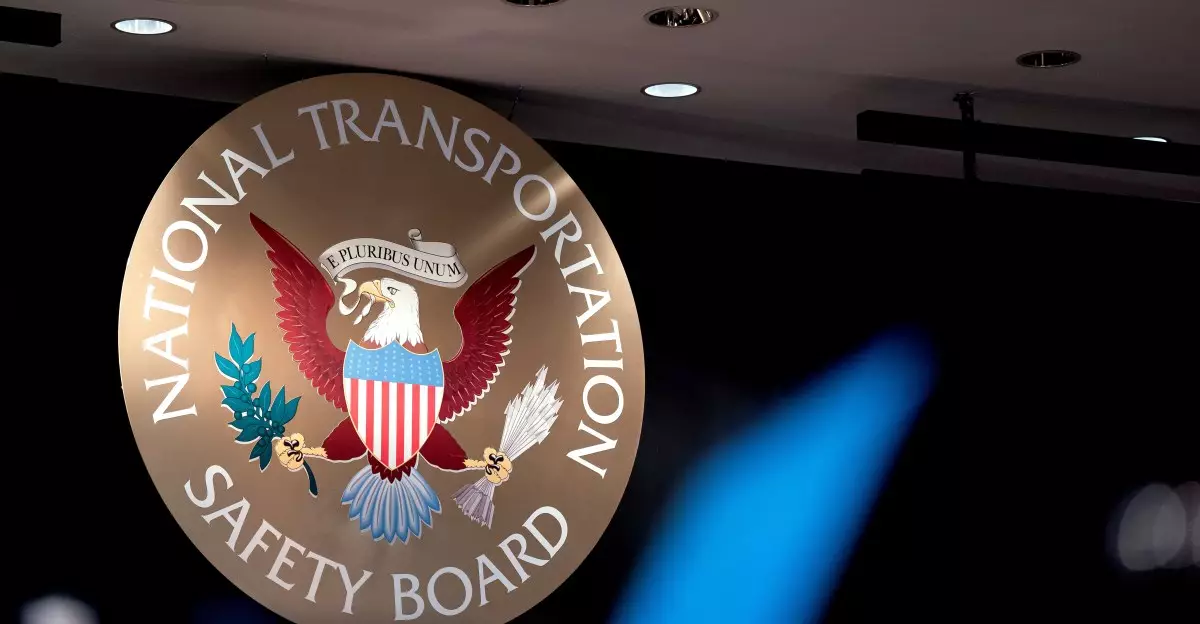The National Transportation Safety Board (NTSB) has recently implemented changes to its communication strategy, particularly in how it disseminates information about aviation incidents. This shift reflects a growing trend among government agencies to adapt their outreach and information-sharing practices in an age of social media dominance. By curbing traditional email updates and pivoting to a public-facing platform—X, formerly Twitter—the NTSB aims to streamline its communications and manage the overwhelming influx of media inquiries more effectively. However, this decision raises questions about the implications for transparency and accessibility in public information dissemination.
Pressing Issues of Transparency
The announcement from the NTSB regarding its press updates creates a new set of challenges related to transparency. While the agency claims that using its @NTSB_Newsroom account will allow for timely and efficient updates, relying solely on a privately owned platform limits direct access to information. Reporters and stakeholders are often inundated with details from various sources, and a single social media channel may not suffice to convey the urgency and complex nature of aviation incidents. This raises concerns about whether such a strategy serves the public interest or merely prioritizes convenience for the agency.
This alteration in the NTSB’s communications coincides with decisions made by other government entities, particularly the Department of Defense (DoD). Reports indicate that the DoD is moving away from traditional, established media outlets in favor of a more curated selection of conservative-leaning news organizations. This annual media rotation program suggests a potential narrowing of perspectives in official military reporting. The implications of restricting access to information on diverse platforms can lead to a homogenized narrative that may not accurately represent a multifaceted reality.
The overarching trend suggests that the increase in reliance on social media platforms might be a misguided attempt to leverage modern technology for more effective communication. While immediacy and reach are undeniably critical in the digital age, it is essential to consider the reliability and accountability of information disseminated through these channels. The NTSB’s move, juxtaposed with the DoD’s restrictions on media access, highlights a significant challenge in the evolving relationship between government institutions and the press. Numerous voices in the media landscape must be accommodated to ensure a well-rounded discourse on matters of public interest.
As agencies like the NTSB and DoD reshape their communication strategies, it is essential for stakeholders, journalists, and the public to critically examine the implications of these changes. A balanced approach to information sharing that emphasizes transparency and accessibility must prevail over convenience, lest we compromise the integrity of public discourse. In an era where the flow of information is both abundant and instantaneous, steering clear of echo chambers and promoting a multitude of voices will be crucial for a well-informed society.

